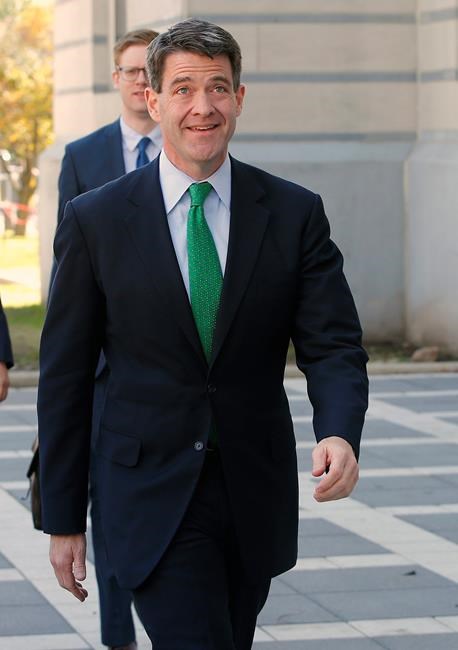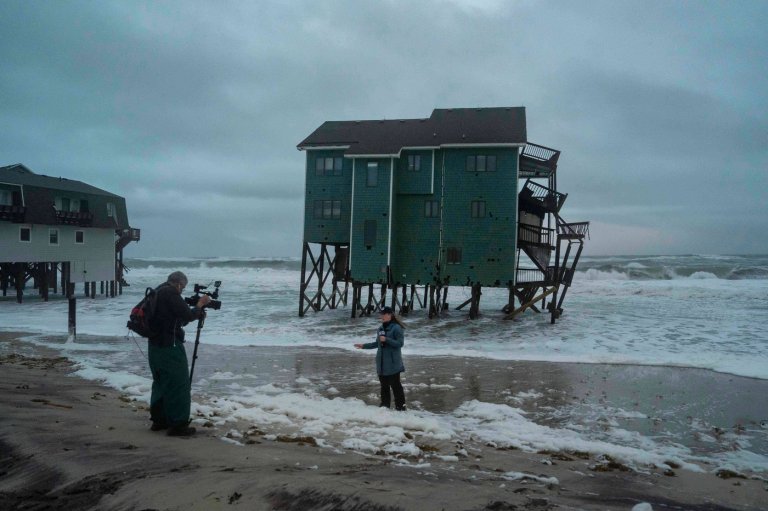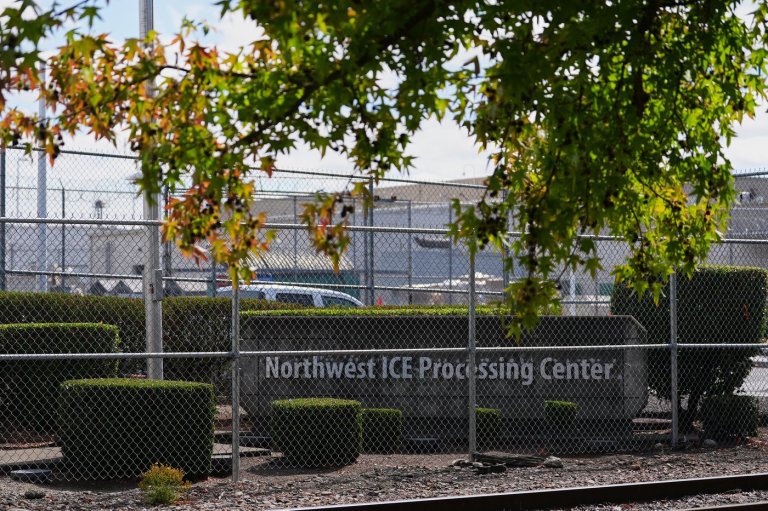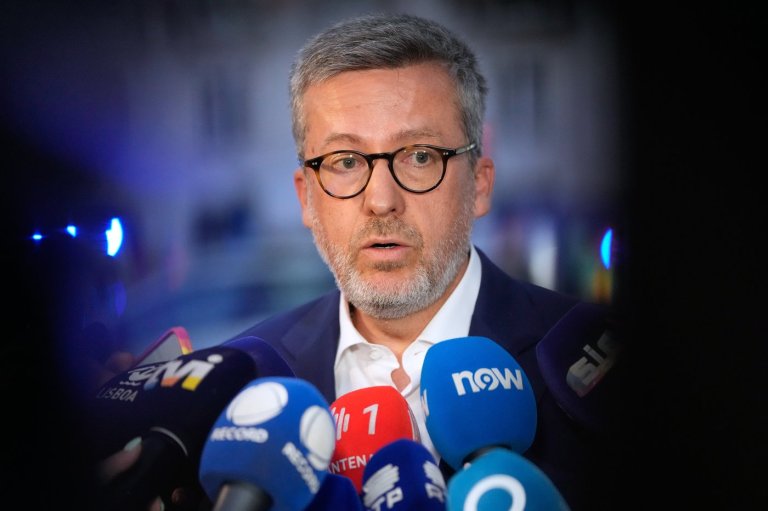
If the cone fits: Tricky legal concepts in bridge trial
NEWARK, N.J. – In the end, the alleged political retaliation scheme involving a set of traffic cones, the country’s busiest bridge and three former allies of Republican New Jersey Gov. Chris Christie apparently wasn’t about politics at all, at least for the 12 people charged with deciding the fate of the two people on trial.
That’s due to the legal definition of conspiracy, and it’s an issue that has been at the heart of the trial of former Christie deputy chief of staff Bridget Kelly and former top appointee Bill Baroni. They are charged in a 2013 scheme to reduce access lanes near the bridge to retaliate against a Democratic mayor who wouldn’t endorse Christie.
Deliberations began late Monday, and by Tuesday morning jurors had sent questions to U.S. District Judge Susan Wigenton asking for clarification of the law. Wigenton’s response angered defence attorneys, one of whom accused her of essentially guaranteeing a guilty verdict.
A look at the legal concepts the jury, which will return for a fourth day of deliberations Thursday, must grapple with:
___
MOTIVE, MOTIVE, MOTIVE
For the last three years, the narrative in the scandal dubbed “Bridgegate” has focused on the alleged plot to use gridlock to punish Fort Lee Mayor Mark Sokolich, and the government spent much of the six-week trial presenting evidence aimed at buttressing those claims.
For jurors, however, Sokolich may as well have been one of the traffic cones that were moved on the morning of Sept. 9, 2013, cutting three access lanes to one.
Under conspiracy law, the motive or intent behind a conspiracy doesn’t always have to be proved; only the agreement to break the law does. In this case, the primary crime alleged was misusing the property of an organization receiving federal benefits — the Port Authority, which operates the bridge.
Defence attorneys argued vehemently that Wigenton should instruct jurors that they could find Baroni and Kelly not guilty if they felt the government hadn’t proved Sokolich was the intended target. But Wigenton refused. Kelly’s attorney, Michael Critchley, filed a motion on behalf of both defendants Wednesday asking the judge to reconsider.
“Absent the objective, then we’re punishing thought crime,” Baroni’s attorney, Michael Baldassare, told Wigenton last week. “That’s not what conspiracy is about. They charged, they had their press conference, they’ve talked about punishment. Punishment. Punishment.
“Are they really going to get up in closing and say: Well, they really just wanted to …move the cones. They really just wanted to use the property of the extra asphalt.”
___
GOOD FAITH OR “WILLFUL BLINDNESS”?
Jurors also must consider two competing concepts that will require them to divine the defendants’ state of mind: Did Baroni and Kelly honestly believe David Wildstein, then a Port Authority official, that the lane realignments were part of a legitimate traffic study — the “good faith” defence — or did the government prove they knew otherwise, exhibiting “wilful blindness?” Wildstein has pleaded guilty in the case and testified for the prosecution.
“No one can avoid responsibility for a crime by deliberately ignoring what is obvious,” Wigenton told jurors in her instructions last week. “The Government may prove a defendant’s knowledge with evidence beyond a reasonable doubt that the defendant deliberately closed his or her eyes to what would otherwise be obvious to him or her.”
___
IT AIN’T OVER ‘TIL IT’S OVER
If either or both defendants are convicted, their attorneys are likely to appeal on any number of issues in addition to the ones raised by Wigenton’s jury instructions.
Those include their motions to dismiss the indictment, all of which were denied by Wigenton months ago. They argued then that the law about misapplying property has been used almost exclusively to prosecute public employees for theft or bribery, neither of which occurred here.
They also argued civil rights laws, which make up two counts in the indictment, have never been applied to the intentional causing of traffic jams.
Join the Conversation!
Want to share your thoughts, add context, or connect with others in your community?
You must be logged in to post a comment.

















